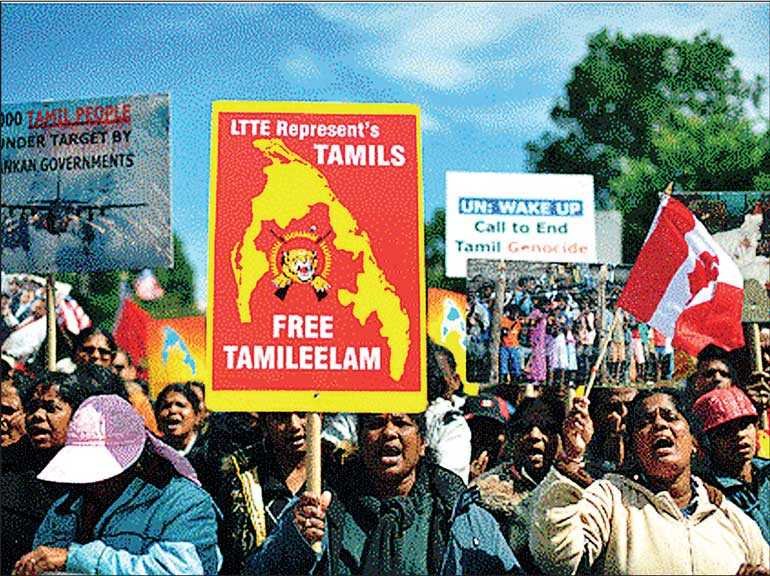
Tamil Diaspora Srilanka
The Tamil diaspora refers to the communities of Tamil people who live outside of their ancestral homeland, primarily in South India and Sri Lanka. This diaspora has emerged as a result of historical migrations, conflicts, and economic opportunities, leading to significant Tamil populations in various countries around the world. Here are some key aspects of the Tamil diaspora:
### 1. **Historical Context**
– **Migration Patterns**: The Tamil diaspora began forming in significant numbers during the colonial era, with labor migration to Southeast Asia, the Caribbean, and other regions. Many Tamils were brought to work on plantations, particularly in countries like Malaysia, Singapore, and Mauritius.
– **Civil Conflict**: The Sri Lankan civil war (1983-2009) led to a large-scale exodus of Tamils seeking refuge from violence and persecution. This conflict significantly contributed to the growth of the Tamil diaspora, especially in countries like Canada, the United Kingdom, Australia, and the United States.
### 2. **Global Presence**
– **Countries with Significant Populations**: The Tamil diaspora is concentrated in several countries, including Canada, the UK, the US, Australia, India, Malaysia, Singapore, and several African nations. In these countries, Tamils have established vibrant communities with cultural, social, and economic ties.
– **Cultural Institutions**: Tamils abroad have created various cultural institutions, including temples, schools, and community organizations, to preserve their language, culture, and traditions.
### 3. **Cultural Identity**
– **Language and Heritage**: The Tamil diaspora often maintains a strong connection to the Tamil language and cultural practices, celebrating festivals such as Pongal and Tamil New Year, and preserving traditional music, dance, and cuisine.
– **Intergenerational Transmission**: The diaspora faces challenges in passing on cultural heritage to younger generations, particularly as they integrate into diverse societies. Efforts to maintain cultural identity often involve community events, educational programs, and cultural workshops.
### 4. **Economic Contributions**
– **Entrepreneurship and Employment**: Members of the Tamil diaspora are often engaged in various professions, including healthcare, education, technology, and business. Many have become successful entrepreneurs, contributing to the economies of their host countries.
– **Remittances**: The Tamil diaspora contributes to the economies of their ancestral regions through remittances, which help support families and communities back home.
### 5. **Political Engagement**
– **Advocacy and Representation**: The Tamil diaspora has been active in advocating for the rights and interests of Tamils, particularly in relation to issues stemming from the Sri Lankan civil war and ongoing ethnic tensions. This includes lobbying for recognition of human rights, justice for war crimes, and support for Tamil political aspirations.
– **Participation in Host Country Politics**: Many Tamils in the diaspora engage in the political processes of their host countries, contributing to discussions on immigration, multiculturalism, and human rights.
### 6. **Challenges and Issues**
– **Displacement and Trauma**: Many members of the Tamil diaspora carry the trauma of displacement and conflict, affecting their mental health and sense of belonging.
– **Integration and Identity**: Balancing cultural identity with integration into host societies can be challenging, as diaspora communities navigate issues of assimilation, discrimination, and cultural preservation.
### Conclusion
The Tamil diaspora is a dynamic and diverse community that plays a vital role in preserving Tamil culture and identity while engaging with the broader societies in which they live. Through their contributions to various fields and their advocacy for human rights, the Tamil diaspora continues to influence both their host countries and their ancestral homeland.






